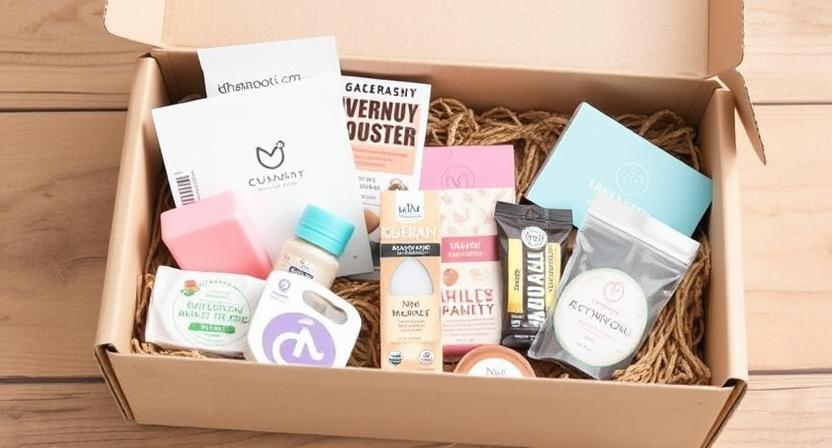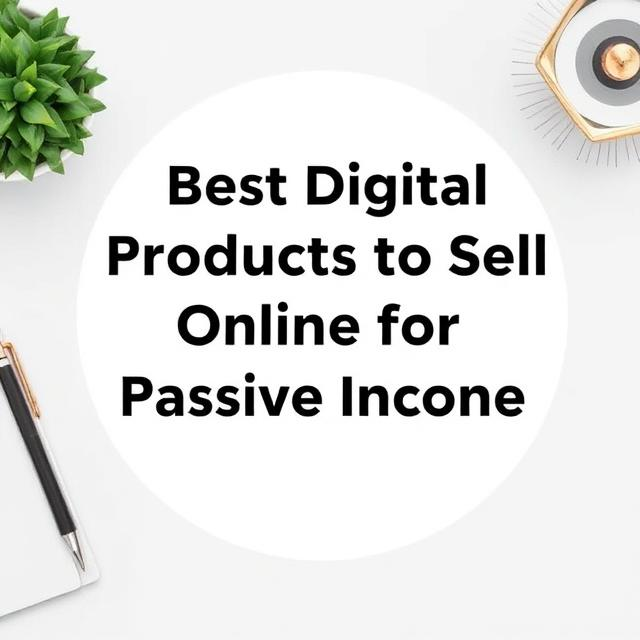Starting a subscription box business can be a lucrative and rewarding endeavor, especially with the growing demand for curated products delivered to customers’ doorsteps. This business model allows entrepreneurs to generate recurring revenue while catering to niche markets. Whether you want to offer beauty products, gourmet snacks, or eco-friendly items, here’s a step-by-step guide to launching a successful subscription box business from scratch.
1. Understanding the Subscription Box Model
A subscription box business involves curating and delivering themed products on a recurring basis—weekly, monthly, or quarterly. Customers subscribe and pay regularly, ensuring a steady cash flow for the business. The key benefits of this model include:
- Predictable Revenue: Monthly subscriptions provide consistent income.
- Customer Retention: Engaged subscribers lead to long-term growth.
- Niche Market Appeal: Subscription boxes cater to specific customer interests.
- Scalability: The model is adaptable for various industries.
Before launching your business, it’s crucial to understand your target audience and their preferences. Conduct market research to determine if your niche has sufficient demand and room for competition.
2. Finding a Profitable Niche
Choosing the right niche is essential for success. Here are some key factors to consider when selecting a niche:
- Passion and Interest: Running a business is easier when you’re passionate about the products.
- Market Demand: Research potential customer interest using Google Trends, Reddit forums, and industry reports.
- Competition: Avoid oversaturated markets but ensure there’s enough demand.
- Profitability: Consider product sourcing costs, pricing, and potential margins.
Some profitable subscription box niches include:
- Eco-friendly products
- Pet care items
- Gourmet snacks and beverages
- Self-care and wellness products
- Tech accessories
3. Sourcing Products and Suppliers
Once you’ve chosen your niche, you need to find reliable suppliers. Consider the following sourcing methods:
- Wholesale Suppliers: Websites like Alibaba and Faire offer bulk purchasing options.
- Local Artisans: Partner with local businesses to offer exclusive products.
- Dropshipping: Some suppliers allow direct shipping to customers.
- Private Labeling: Develop custom-branded products for a unique selling point.
Build relationships with multiple suppliers to maintain product quality and consistency. Ordering samples before finalizing suppliers ensures quality control.
4. Creating a Unique Brand and Packaging
Your brand identity is crucial for standing out in the subscription box market. Focus on the following elements:
- Business Name and Logo: Choose a memorable name and create a professional logo.
- Brand Aesthetic: Maintain a consistent theme across your website and social media.
- Packaging Design: Invest in custom packaging that enhances the unboxing experience.
Consider eco-friendly packaging options, as sustainability is a key factor influencing modern consumers’ purchasing decisions.
5. Setting Up an E-Commerce Platform
To sell subscription boxes, you need a user-friendly website with subscription management capabilities. Here are some platform options:
- Shopify with Recharge or Bold Subscriptions: Simple integration for subscription businesses.
- WooCommerce with WooCommerce Subscriptions Plugin: Great for WordPress users.
- Cratejoy: A dedicated platform for subscription boxes.
Ensure your website includes:
- A visually appealing homepage
- Clear subscription options
- Secure payment gateways (Stripe, PayPal, etc.)
- Mobile responsiveness
- Customer testimonials for credibility
6. Pricing Your Subscription Box
Setting the right price ensures profitability. Consider the following cost factors:
- Product and packaging costs
- Shipping and fulfillment expenses
- Marketing and website maintenance
- Profit margin (aim for at least 30-50%)
Competitive analysis helps determine a price range that is attractive yet sustainable.
7. Marketing and Gaining Subscribers
Effective marketing strategies help attract and retain subscribers. Focus on these techniques:
Social Media Marketing
- Leverage Instagram, TikTok, and Pinterest to showcase your box.
- Collaborate with influencers for unboxing videos.
- Engage with your audience through contests and giveaways.
Content Marketing & SEO
- Write blog posts about topics relevant to your niche.
- Optimize your website for search engines (SEO) to attract organic traffic.
Email Marketing
- Collect emails via pop-ups offering discounts.
- Send engaging newsletters with special promotions.
Paid Advertising
- Run Facebook, Instagram, and Google ads targeting potential subscribers.
- Retarget website visitors with display ads.
8. Fulfilling Orders and Managing Customer Service
Once you start receiving orders, it’s crucial to maintain an efficient fulfillment process:
- Order Processing: Automate as much as possible with fulfillment software.
- Shipping Logistics: Choose reliable shipping carriers with affordable rates.
- Customer Support: Offer live chat, email support, and FAQs to address concerns.
Engaging customers through personalized messages, discounts, and surveys enhances their experience and reduces churn.
9. Scaling and Expanding Your Business
As your subscription box business grows, consider:
- Expanding product offerings or themes.
- Partnering with other brands for exclusive products.
- Offering different subscription tiers.
- Exploring international shipping.
- Creating referral and loyalty programs to increase retention.
Conclusion
Starting a subscription box business from scratch requires careful planning, creativity, and consistent effort. By identifying a profitable niche, sourcing quality products, and executing effective marketing strategies, you can build a thriving business with recurring revenue. Focus on customer satisfaction and branding to ensure long-term success. Now is the perfect time to launch your subscription box business—start today and turn your vision into reality!






Leave a Reply